Phoenix’s relentless sun poses unique challenges for property owners and tenants alike. With over 300 days of sunshine annually and summer temperatures regularly exceeding 115°F, protecting yourself from harmful UV radiation isn’t just about comfort—it’s about preserving your health and maintaining your ability to effectively manage your investment properties.
Understanding proper sun protection becomes critical when you’re conducting property inspections, overseeing maintenance work, or meeting with tenants during peak daylight hours. The Sonoran Desert’s intense UV exposure can cause severe sunburns in as little as 10 minutes, making comprehensive protection strategies essential for anyone spending time outdoors in the Phoenix metro area.
This guide provides proven sun protection methods that go beyond basic sunscreen application, offering practical solutions that busy property owners can implement while maintaining their investment portfolios effectively.
Understanding Phoenix’s Unique Sun Exposure Risks
The Phoenix metropolitan area presents exceptional sun exposure challenges due to several environmental factors. The city sits at 1,086 feet elevation with minimal cloud cover, allowing intense UV radiation to reach the ground unfiltered. During summer months, the UV index frequently reaches “extreme” levels of 11 or higher, compared to moderate levels of 3-5 in many other regions.
Sunburns in Phoenix can occur rapidly and severely due to the combination of direct sunlight and reflected heat from concrete, asphalt, and building surfaces. This reflected radiation increases overall UV exposure by up to 15%, creating a particularly harsh environment for anyone spending extended periods outdoors.
The dry desert climate also accelerates skin dehydration, making skin more susceptible to UV damage. Property owners conducting routine inspections or supervising outdoor maintenance work face elevated risks during peak sun hours between 10 AM and 4 PM, when UV intensity reaches its maximum.
Strategic Sunscreen Application for Maximum Protection
Selecting appropriate sunscreen forms your first line of defense against Phoenix’s intense UV radiation. Choose broad-spectrum sunscreens with SPF 30 or higher that protect against both UVA and UVB rays. For extended outdoor property management activities, SPF 50 provides optimal protection without significant diminishing returns.
Apply sunscreen generously 30 minutes before sun exposure, using approximately one ounce for full body coverage. Pay special attention to commonly missed areas including ears, neck, tops of feet, and the back of hands—areas frequently exposed during property inspections or maintenance oversight.
Reapplication every two hours remains crucial, particularly when sweating or after any contact with water. Keep travel-size sunscreen containers in your vehicle and property management toolkit for convenient reapplication during long outdoor work sessions.
Water-resistant formulations provide better protection for active property management tasks, maintaining effectiveness for 40-80 minutes despite perspiration. However, even water-resistant sunscreen requires regular reapplication to maintain protective coverage.
Protective Clothing and Accessories
Clothing provides reliable sun protection that doesn’t require reapplication like sunscreen. Choose lightweight, long-sleeved shirts and pants made from tightly woven fabrics or materials with built-in UV protection factor (UPF) ratings. UPF 50+ clothing blocks 98% of UV radiation, offering superior protection for extended outdoor activities.
Wide-brimmed hats with at least 4-inch brims protect your face, neck, and ears effectively. Baseball caps leave the neck and ears exposed, making them insufficient for Phoenix’s intense sun exposure. Consider hats with neck flaps for additional coverage during lengthy property inspections.
Quality sunglasses with 100% UV protection prevent eye damage and reduce squinting-related facial tension. Wraparound styles provide the most comprehensive eye protection by blocking UV rays from multiple angles.
Light-colored clothing reflects heat and UV radiation better than dark colors, helping maintain body temperature while providing sun protection. However, fabric density matters more than color—a tightly woven dark shirt offers better protection than a loosely woven light shirt.
Innovative Shade Solutions and Portable Shelters
Portable shade solutions offer exceptional flexibility for property owners conducting outdoor activities. Pop-up canopies and easy-setup tents provide instant shade during property inspections, maintenance supervision, or tenant meetings in outdoor spaces.
Beach umbrellas with UV-protective coating create mobile shade zones that can be repositioned throughout the day. Look for umbrellas with UPF 50+ ratings and sturdy construction that can withstand Phoenix’s occasional wind gusts.
Portable shade sails and tarps offer larger coverage areas for extensive outdoor work. These lightweight options can be quickly deployed between trees, fence posts, or temporary anchor points to create substantial shaded work areas.
Car sunshades and window tinting provide protection during vehicle travel between properties. Windshield sunshades reduce interior temperatures by up to 40°F, making vehicles more comfortable and reducing the shock of transitioning between air-conditioned spaces and outdoor heat.
Strategic Timing and Shade Seeking
Timing outdoor activities strategically minimizes sun exposure risks. Schedule property inspections, maintenance oversight, and tenant meetings during early morning hours (before 10 AM) or late afternoon (after 4 PM) when UV intensity is significantly lower.
Natural shade from trees, buildings, and other structures provides effective protection, but remember that shade doesn’t eliminate UV exposure completely. Reflected radiation from nearby surfaces can still cause sunburn, particularly in areas with light-colored concrete or desert landscaping.
Indoor alternatives for meetings and property evaluations eliminate sun exposure entirely. When possible, conduct tenant meetings, lease signings, and detailed property assessments in air-conditioned spaces during peak sun hours.
Plan outdoor maintenance supervision in phases, taking regular breaks in shaded or indoor areas. This approach protects your health while maintaining effective oversight of property improvement projects.
Hydration and Skin Health Support
Proper hydration supports your skin’s natural defense against UV damage. Drink water consistently throughout the day, particularly during outdoor property management activities. Dehydration makes skin more susceptible to sun damage and slows the healing process if burns occur.
Electrolyte replacement becomes important during extended outdoor work in Phoenix’s heat. Consider sports drinks or electrolyte tablets when spending several hours conducting property inspections or supervising maintenance work.
Moisturizing regularly helps maintain skin barrier function and reduces UV sensitivity. Use fragrance-free moisturizers with SPF for daily protection, and apply heavier moisturizers after sun exposure to support skin recovery.
Avoid alcohol and excessive caffeine during high sun exposure days, as these substances can increase dehydration and make skin more susceptible to burning.
Special Considerations for Property Management
Property owners with sensitive skin or medical conditions requiring sun avoidance need enhanced protection strategies. Consult with healthcare providers about medications that increase sun sensitivity, and plan outdoor property activities accordingly.
When supervising contractors or maintenance workers, ensure they have adequate sun protection resources available. Providing shade structures, sunscreen, and hydration support protects workers and reduces liability risks for property owners.
Consider the sun protection needs of your tenants, particularly those with children or elderly residents. Installing shade structures in common areas, playgrounds, or outdoor gathering spaces adds property value while demonstrating concern for tenant wellbeing.
Document sun safety measures in your property management protocols, particularly for outdoor maintenance activities. This documentation supports insurance claims and demonstrates responsible property management practices.
Implementing Your Sun Protection Strategy
Effective sun protection in Phoenix requires consistent application of multiple strategies rather than relying on any single method. Combine sunscreen, protective clothing, shade solutions, and strategic timing for comprehensive protection that allows you to manage your investment properties safely and effectively.
Start implementing these strategies immediately, as cumulative sun damage occurs with every exposure. Build sun protection habits into your daily property management routine, keeping protective equipment readily available in your vehicle and office.
Remember that protecting yourself from Phoenix’s intense sun exposure ensures your continued ability to effectively manage your investment properties while preserving your long-term health and productivity.
Works Cited
- Environmental Protection Agency. “Health Effects of UV Radiation.” EPA, https://www.epa.gov/sunsafety/health-effects-uv-radiation.
- Skin Cancer Foundation. “Sun Protection.” Skin Cancer Foundation, https://www.skincancer.org/skin-cancer-prevention/sun-protection/.
- Centers for Disease Control and Prevention. “How to Protect Yourself from UV Radiation.” CDC, https://www.cdc.gov/cancer/skin/basic_info/sun-safety.htm.
- American Academy of Dermatology Association. “How to Select Sunscreen.” AAD, https://www.aad.org/public/everyday-care/sun-protection/sunscreen-patient.
- National Weather Service. “UV Index Explained.” NOAA, https://www.weather.gov/safety/heat-uv.

